Since the retirement of the US Space Shuttle fleet in 2011, NASA and the European Space Agency have had to rely on the tried and tested three-person Russian Soyuz capsules to access Earth orbit. These Soyuz capsules are based on a mid-1960s design, with restricted cross-range landing site locations.
Soon, however, three brand new orbital spacecraft will be tested to take human spaceflight through to the mid-21st century. Two of these will be used for access to orbit: the privately developed, seven-seat Space X Crew Dragon and the Boeing CST-100 Starliner.
Additionally the four-seat, deep-space Lockheed Orion craft – once referred to as ‘Apollo on steroids’ – will travel to the Moon as part of NASA’s Project Artemis, and will be the basis for crewed Mars missions in the future.
These cone-shaped space vehicles provide a relatively safe solution for human access to space.
However, they return to Earth either with a splashdown at sea or a non-precision landing in a remote area, and have no ability to touchdown on spaceport runways across the world.
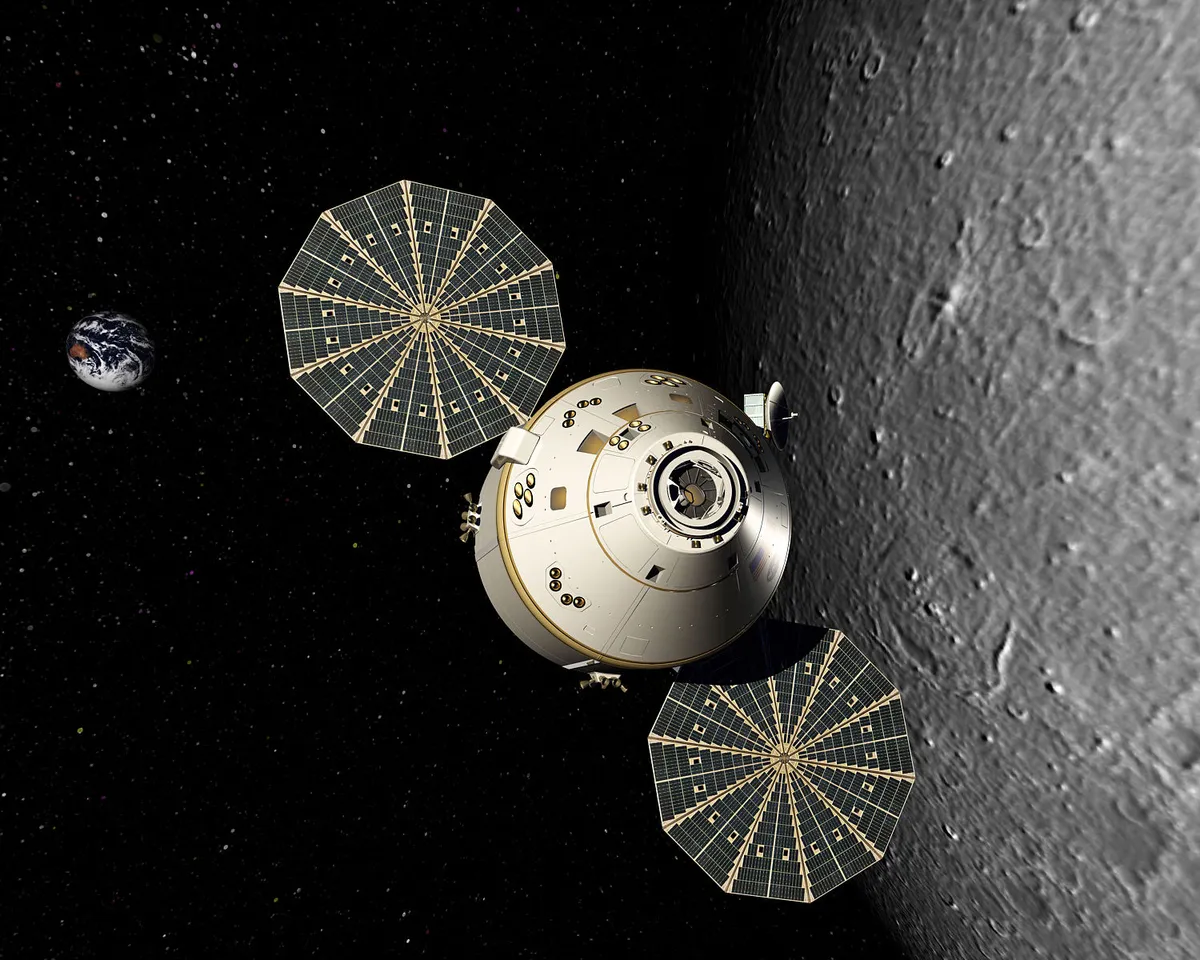
Importantly, they are essentially single-use, expendable craft that cannot easily be refurbished for future flights.
SpaceX’s huge, two-stage BFR/Starship concept, currently being developed in South Texas, is intended to land with precision at spaceports.
It’s in an early stage of development and will require massive investment, but the company hopes it will one day replace its Falcon rockets and become a fully reusable system.
Spaceplane development across the world
It was always thought that spaceplanes would take over from capsules by the end of the 20th century, with a more elegant approach taking high-altitude aviation to sub-orbit and beyond.
But attempts at reusable spaceplanes have chalked up a host of failed projects: for example the MUSTARD and HOTOL satellite launcher proposals from the UK and the ‘wave-rider’ Rockwell X-30 and Lockheed X37 VentureStar in the US.
Russia cancelled its partly reusable Buran shuttle-equivalent in 1993 and Europe abandoned its Hermes mini-shuttle on the grounds of launch weight and emergency escape issues.
More recently, XCOR’s two-seater, sub-orbital Lynx spaceplane appears to have ceased development, while progress with the Reaction Engines single-stage-to-orbit reusable Skylon spaceplane has slowed due to extensive investment costs.
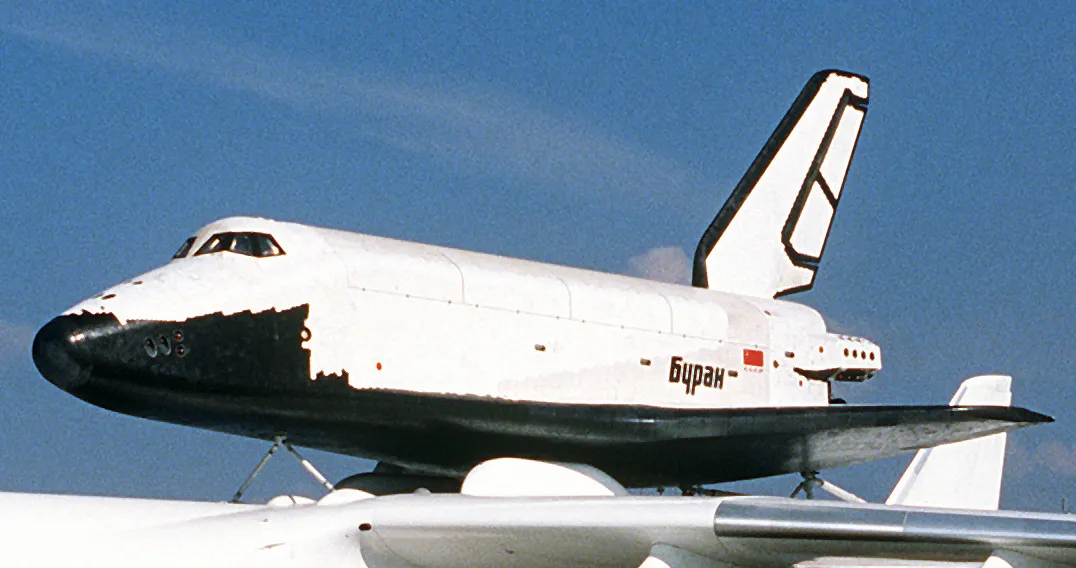
One spaceplane is currently being tested in the coming months, but only for sub-orbit flights to 80 km altitude.
Virgin Galactic’s SpaceShipTwo will take its six commercial passengers and two crew into space for brief flights at speeds of Mach 3, re-entering the atmosphere by making use of its unique ‘shuttle-cock’ wing design.
Two unmanned lifting-body vehicles have also been developed.
The US Air Force’s X-37B ‘mini-shuttle’ Orbital Test Vehicle (OTV) is a spy satellite made by Boeing, while the Dream Chaser is an ISS cargo resupply craft manufactured by Nevada Corp.
Both these spacecraft can land with precision on normal runways and can manoeuvre cross range after re-entry.
However, the vehicles have no crew, are modest in scale and payload and, significantly, make use of expendable launchers.
Space Shuttle problems
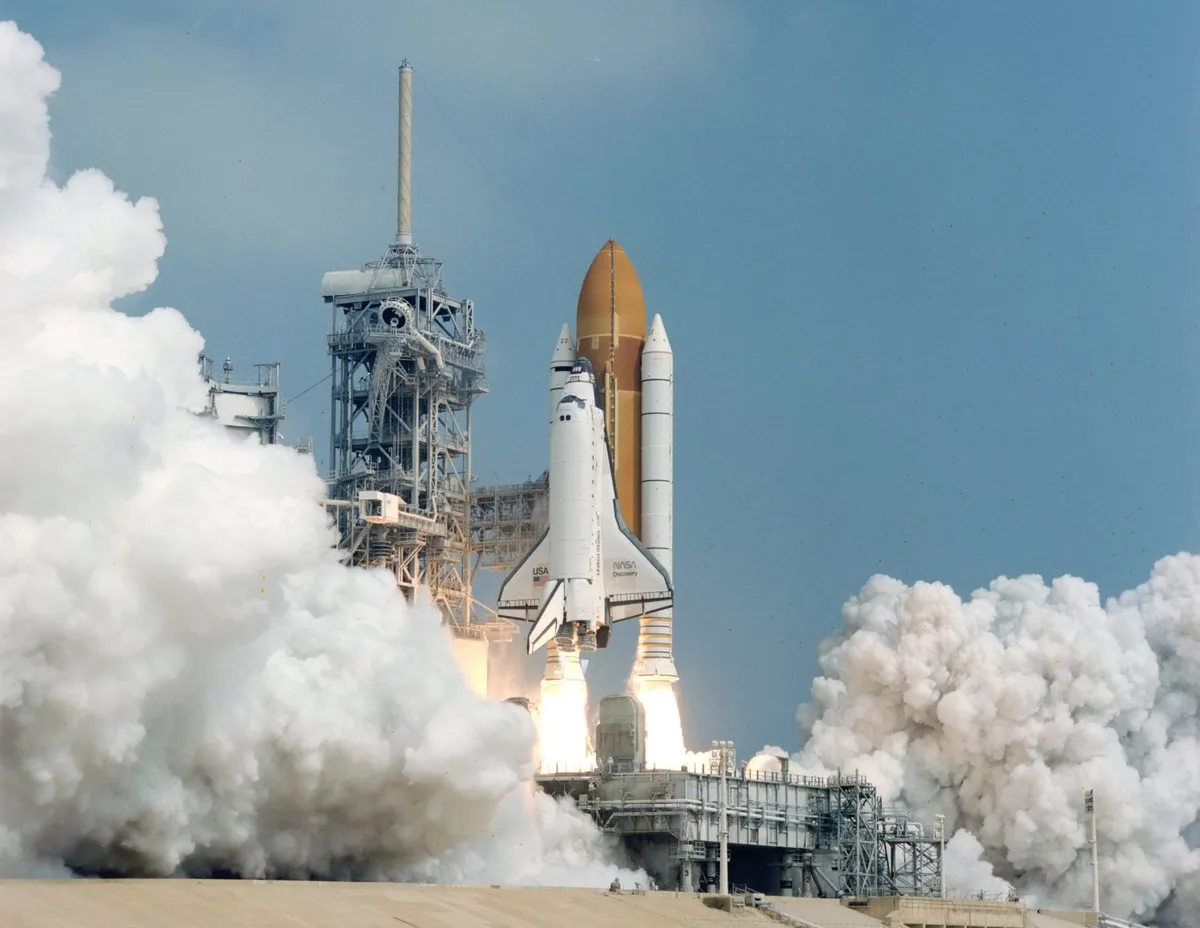
For over 30 years, NASA relied on its versatile but very expensive Space Shuttle to launch crews of up to seven astronauts per flight, undertaking varied missions such as satellite and space-probe deployment, servicing the Hubble Space Telescope and building the International Space Station.
First launched in 1981, the part-reusable Shuttle system flew on 135 flights.
Tragically, two missions failed with the loss of their crews - the Challenger vehicle exploding shortly after launch in 1986 and Columbia breaking-up on re-entry in Feb. 2003.
Despite extensive latter development work, for astronaut safety the Shuttle was clearly not a reliable spacecraft.
The Shuttle orbiter used a relatively delicate, heat-resistant tile for its Thermal Protection System (TPS).
Following extensive tile damage during launch, Columbia was doomed on reentry.
In the case of Challenger, the combined launch vehicle endured a catastrophic explosion during ascent - as it had no escape pod or tower system, the crew had no emergency escape possibility.
By contrast, crewed capsules like the Soyuz, together with the new Crew Dragon, Starliner and Orion spacecraft, will make use of emergency escape rockets during launch, and unlike the Shuttle they are positioned above any launcher stage and any potential impact damage to it.
In view of this poor record, are viable and safe spaceplanes really possible in the future?
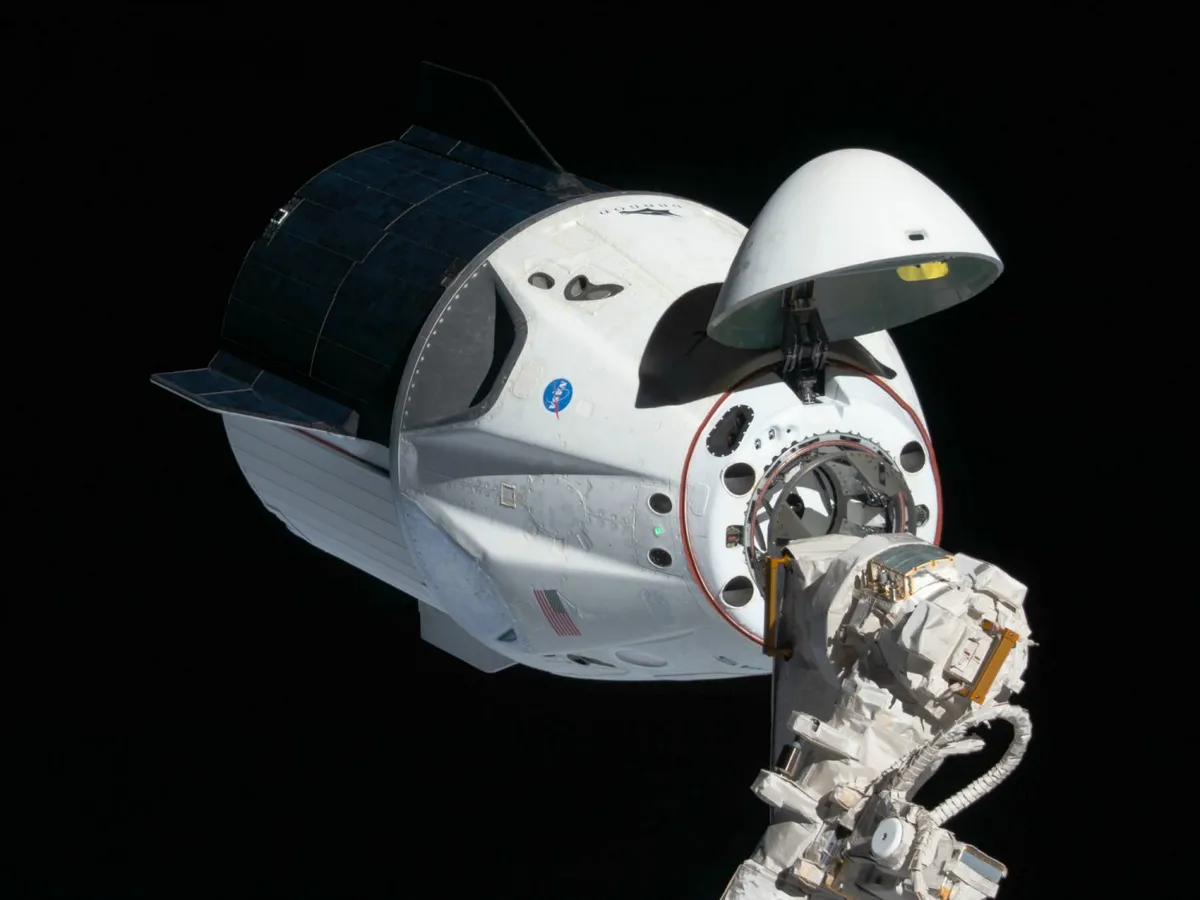
David Ashford has been studying spaceplane engineering for over 45 years.
His solution to the challenges of cost and safety is to make use of tried and tested engine technology, applying the new Thermal Protection Systems, plus incrementally developing and testing orbital vehicle concepts.
He believes that spaceplane operations could have happened in the late 1960s using relatively cheap, off-the-shelf parts and technology of that era.
His company Bristol Spaceplanes Ltd. proposes sub-orbital tourism flights via its small Ascender vehicle, a two-person, Mach 3 spaceplane.
Progressive investment occurs to develop the two-stage, reusable ‘Spacecab’ and then the much larger ‘Spacebus’ designs for orbital access.
"One big advantage of a two-stage-to-orbit spaceplane is that it can use proven engine technology –unlike single-stagers, which need advanced new air-breathing engines," he says.
"The carrier aeroplane can use jet engines, while the upper stage (orbiter) uses rocket engines to accelerate from Mach 4 to orbit."
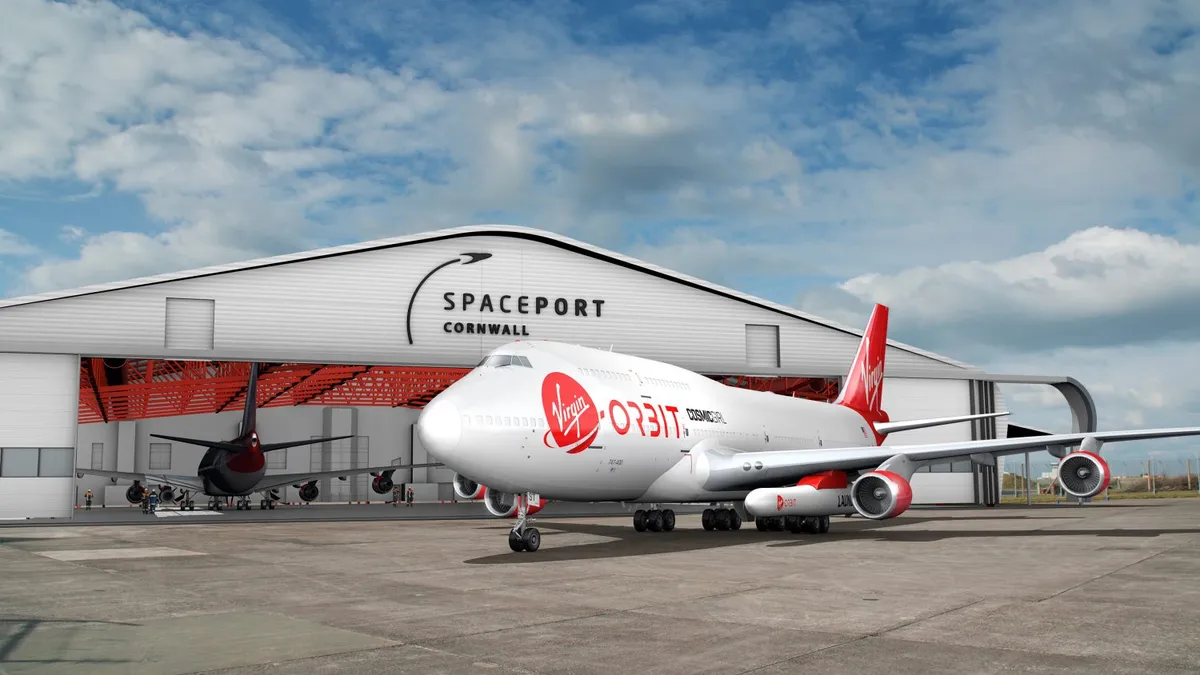
What of the thermal protection issues that dogged NASA's Space Shuttle, with its troubled maintenance and safety issues?
Ashford explains: “Our Ascender re-enters at Mach 3.6 and takes about one minute to slow down to subsonic speed, whereas the Shuttle re-entered at about Mach 25 and took about 20 minutes to slow down.
"The heat pulse affecting Ascender is therefore far less and it needs at most a thin layer of insulation on its nose and wing leading edges. However, it can be used to test the more advanced system needed for the Spacecab orbiter.
“The Shuttle thermal protection was designed some 40 years ago, and considerable research has been occurred since then.”
Bristol Spaceplanes have extensive funding challenges ahead. However, future UK initiatives such as the emerging Spaceport Cornwall at Newquay, recently boosted by an agreement with the Virgin group for possible horizontal satellite launches, will have a positive effect on UK-based initiatives such as David Ashford’s.
Clearly, Spaceplane development will continue and the dream of airline-style access to space may one day become a reality.
Nick Spall is a space and science writer based in London.

